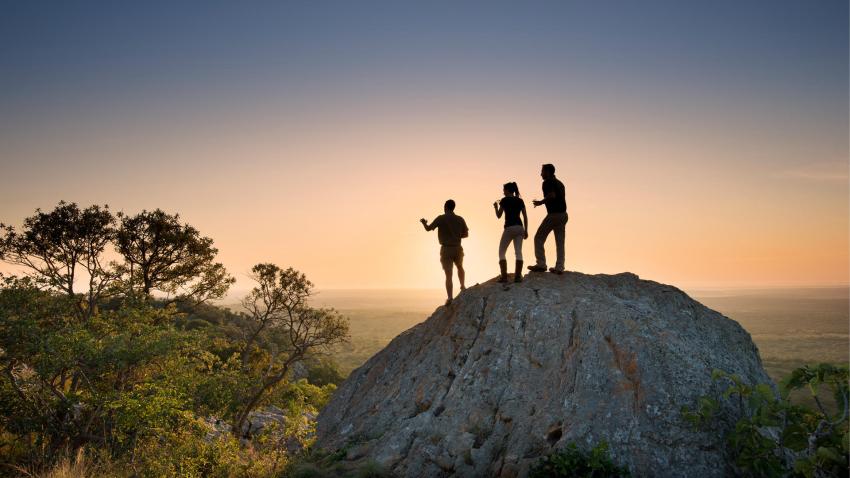There's something truly magical about an African safari. Witnessing the continent's majestic landscapes and encountering incredible wildlife creates an unforgettable experience. It's no wonder so many travelers yearn to return to the African savannah time and again. However, with such a vast and diverse continent, planning the perfect safari adventure can seem daunting. This comprehensive guide will equip you with all the information you need, from choosing the ideal safari destination to selecting the best wildlife encountersand ensuring a responsible and sustainable travel experience.
Iconic Safari Destinations: Where to Go
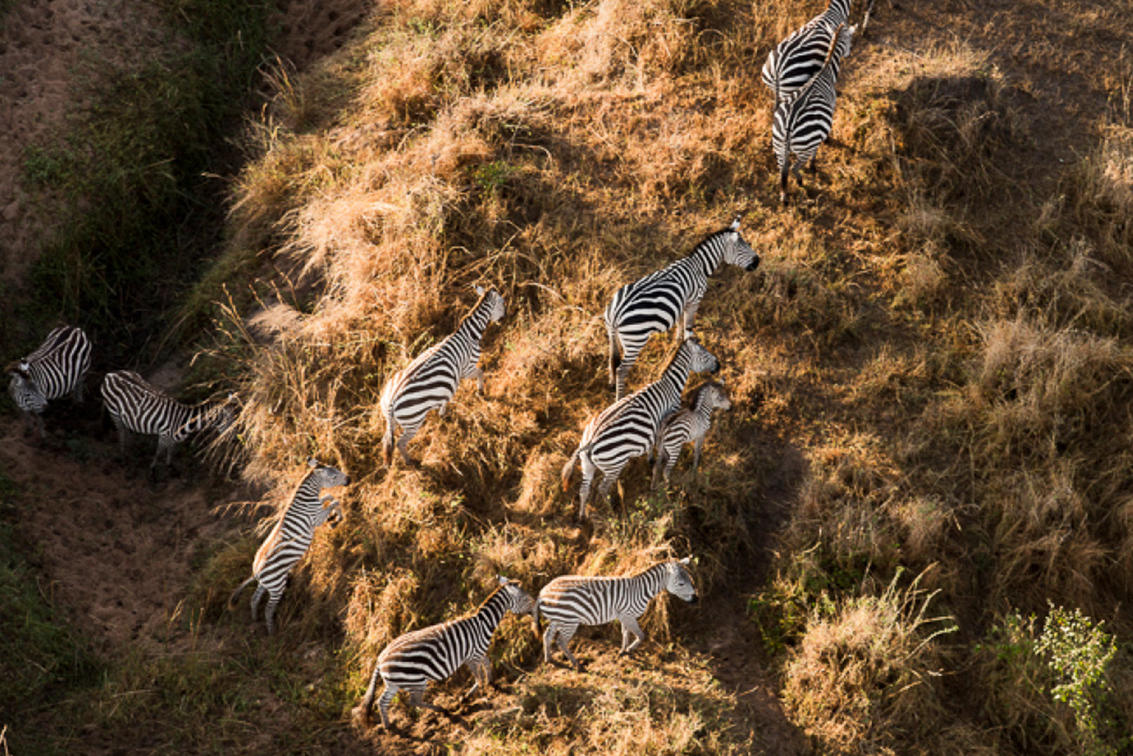 Selecting the right safari destination is paramount. Each region offers unique wildlife viewing opportunities and unforgettable experiences.
Selecting the right safari destination is paramount. Each region offers unique wildlife viewing opportunities and unforgettable experiences.
Wildlife Encounters Beyond Imagination
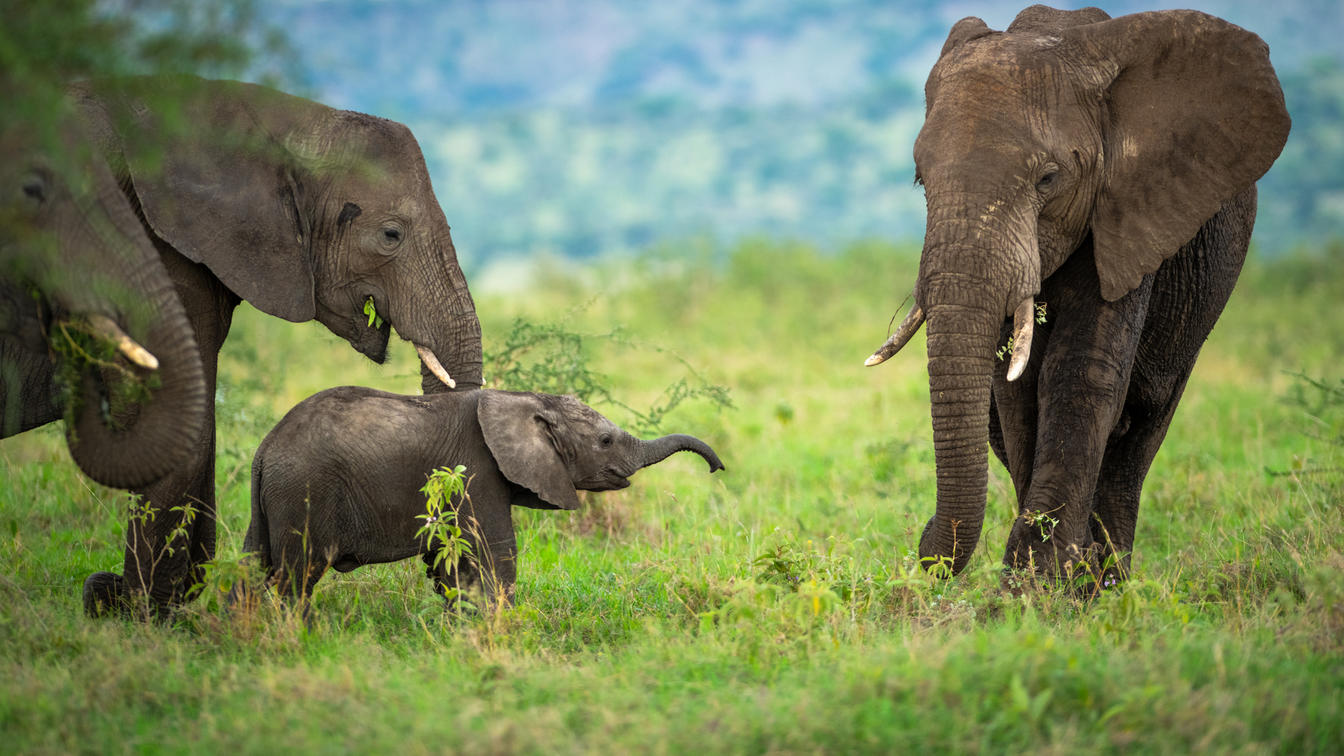 Every safari offers unique wildlife encounters. For many first-timers, spotting the "Big Five" – lions, leopards, elephants, rhinoceroses, and buffalos – is a top priority. However, Africa boasts a vast array of incredible wildlife, from elusive pangolins and honey badgers to the continent's abundant birdlife.
Every safari offers unique wildlife encounters. For many first-timers, spotting the "Big Five" – lions, leopards, elephants, rhinoceroses, and buffalos – is a top priority. However, Africa boasts a vast array of incredible wildlife, from elusive pangolins and honey badgers to the continent's abundant birdlife.
Observing animals in their natural habitat is the heart of every safari experience. Witness hippos wallowing in the Okavango Delta, giraffes gracefully browsing the savanna, and playful baby elephants splashing in watering holes. Don't miss the incredible spectacle of the Great Migration, where millions of wildebeest and zebras traverse the Serengeti and Maasai Mara, followed by a host of predators.
Choosing the Perfect Safari Experience
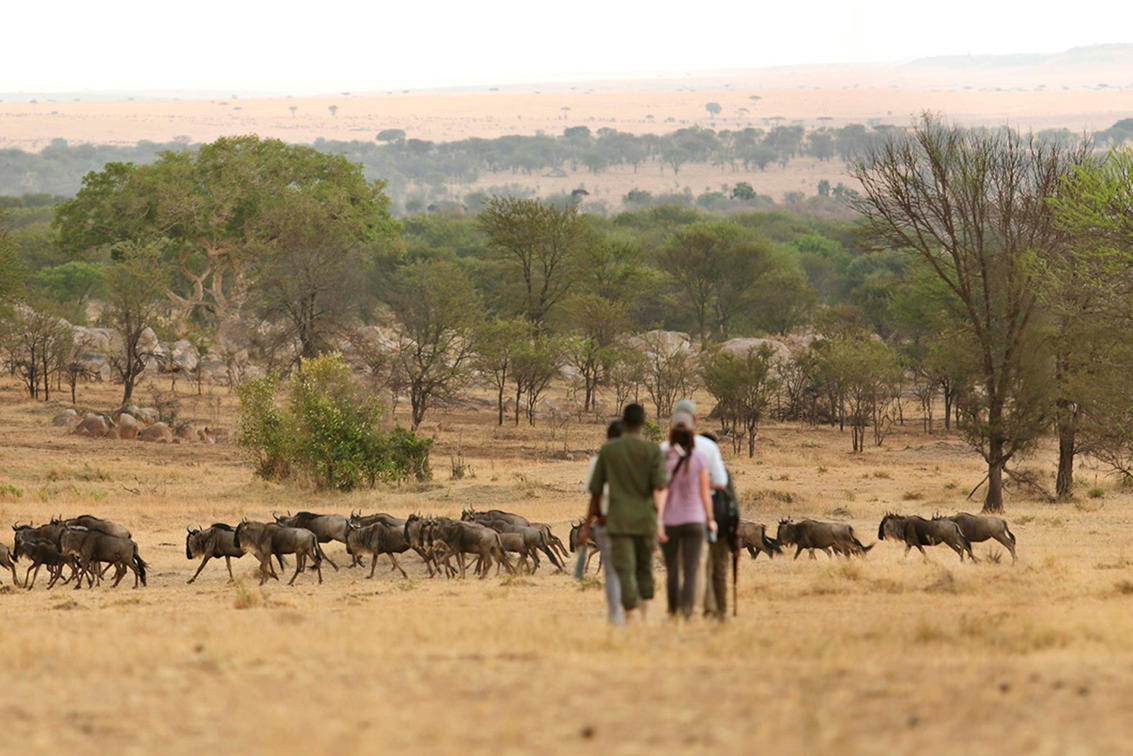 While traditional game drives in open-topped vehicles remain a classic safari experience, there are many other ways to explore Africa's wilderness.
While traditional game drives in open-topped vehicles remain a classic safari experience, there are many other ways to explore Africa's wilderness.
- Walking Safaris: Discover the intricate details of the bush on foot, encountering smaller animals and appreciating the delicate balance of the ecosystem.
- Night Game Drives: Witness the nocturnal world come alive as you track elusive predators under the starry African sky.
- Hot Air Balloon Safaris: Experience breathtaking panoramic views of the savanna as you soar above the landscape in a hot air balloon.
- Boat Safaris: Explore waterways and observe wildlife along riverbanks, offering a unique and tranquil perspective.
Captivating Cultures and Local Experiences
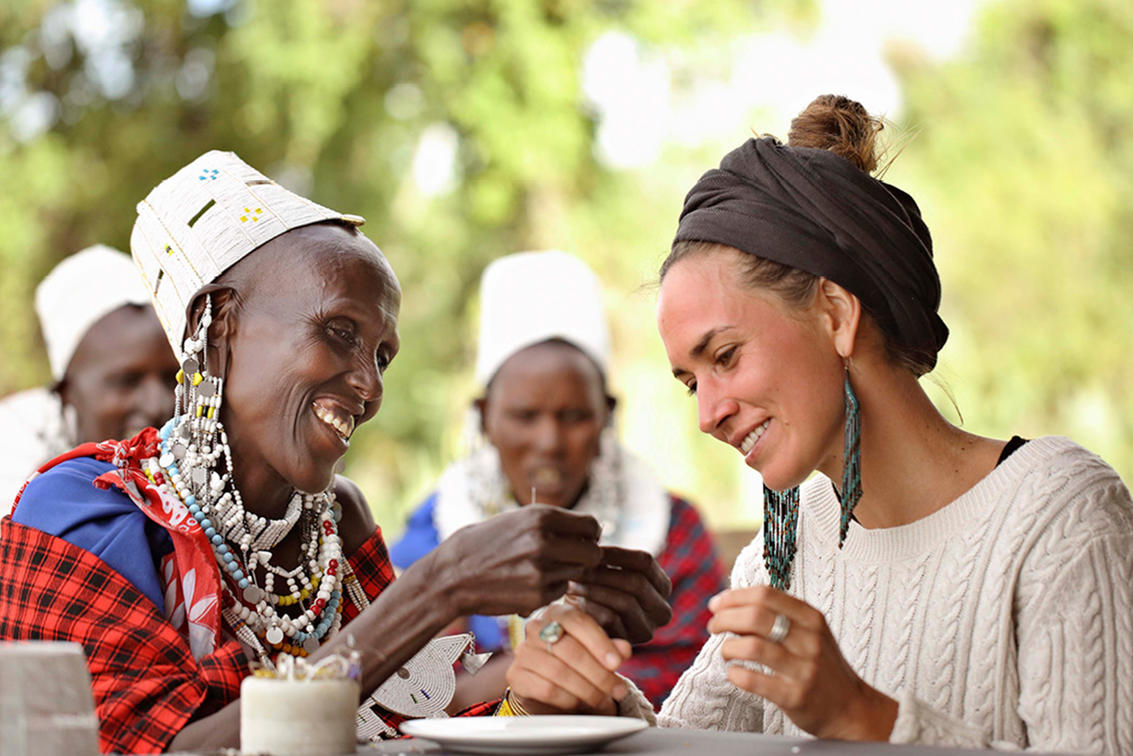 Africa's rich cultural heritage is an integral part of any safari experience. Interacting with local communities provides invaluable insights into their unique traditions and ways of life.
Africa's rich cultural heritage is an integral part of any safari experience. Interacting with local communities provides invaluable insights into their unique traditions and ways of life.
- Maasai People: Encounter the vibrant Maasai culture in northern Tanzania and southern Kenya, witnessing their traditional dances and learning about their unique way of life.
- San People: Witness the hunting skills of the San people in the Kalahari Desert and experience their deep connection to the land.
- Himba People: Observe the fascinating cultural traditions of the Himba people in Namibia, known for their intricate body adornments.
Responsible Tourism and Conservation
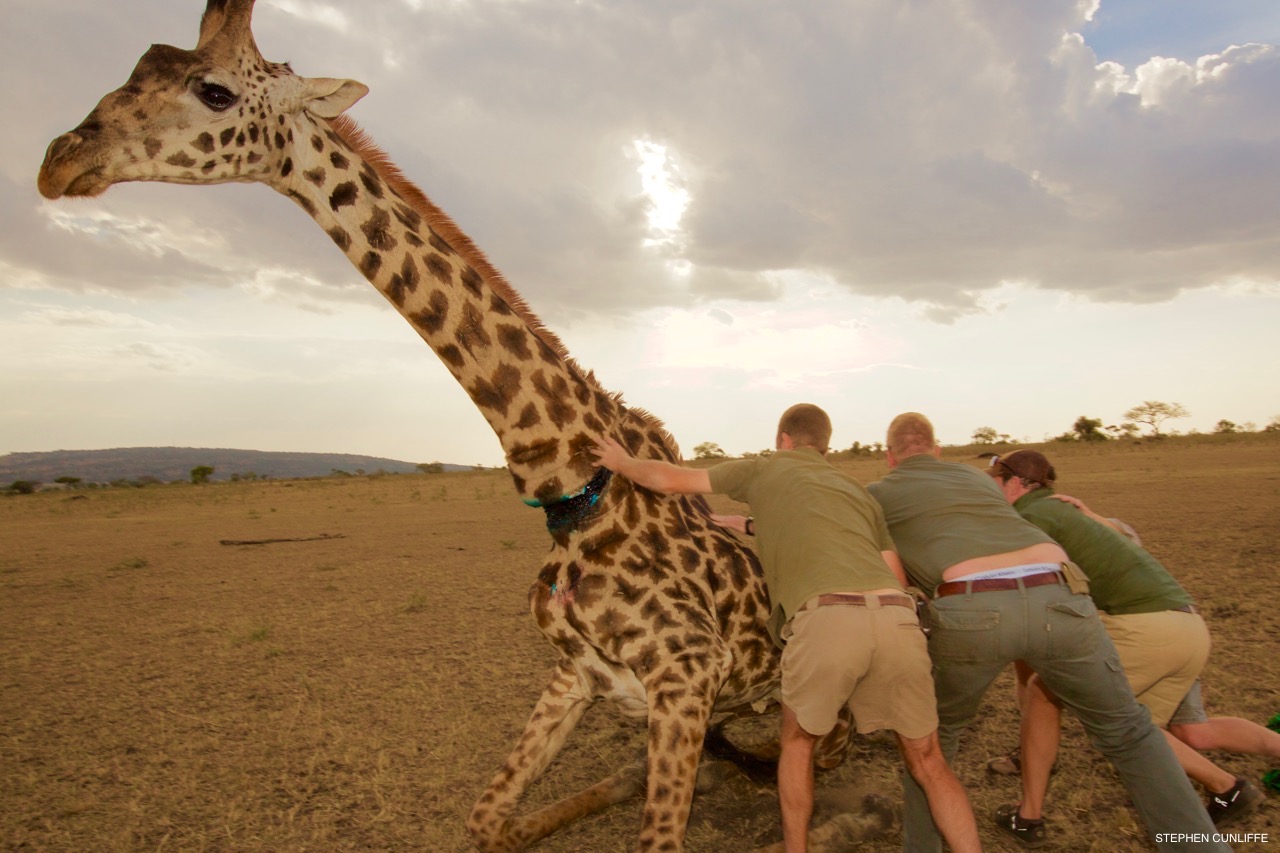 Embarking on an African safari comes with a responsibility to support conservation efforts and minimize your impact on the environment. By choosing responsible safari operators and supporting eco-friendly lodges, you can contribute to the well-being of local communities and the long-term sustainability of wildlife populations.
Embarking on an African safari comes with a responsibility to support conservation efforts and minimize your impact on the environment. By choosing responsible safari operators and supporting eco-friendly lodges, you can contribute to the well-being of local communities and the long-term sustainability of wildlife populations.
Support Serengeti Conservation: Partner with us to protect wildlife and leave a lasting legacy.
Donate
Safari Photography Tips
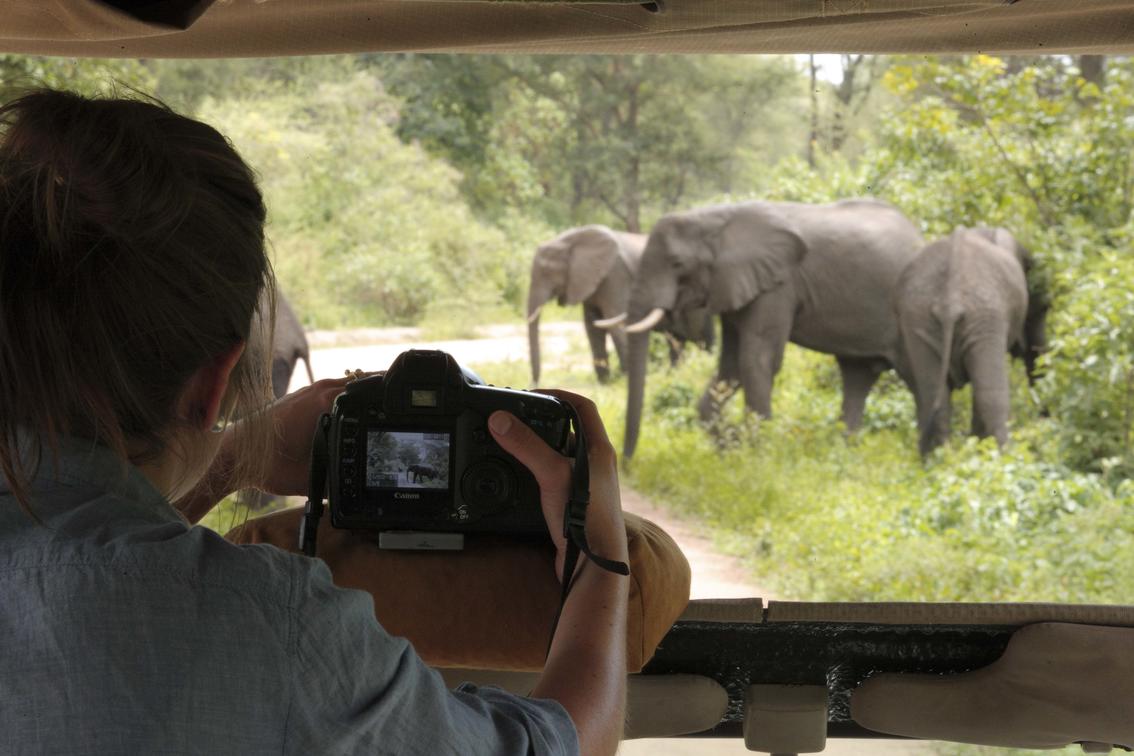 Capturing the beauty and magic of Africa on camera is a cherished goal for many travelers.
Capturing the beauty and magic of Africa on camera is a cherished goal for many travelers.
- Equipment: Invest in a camera with good low-light performance and a telephoto lens to capture close-up wildlife shots.
- Timing: Book private game drives to maximize your photography opportunities and capture the best lighting conditions.
- Composition: Pay attention to composition and framing to create stunning images that tell a story.
Packing Essentials for an Unforgettable Safari
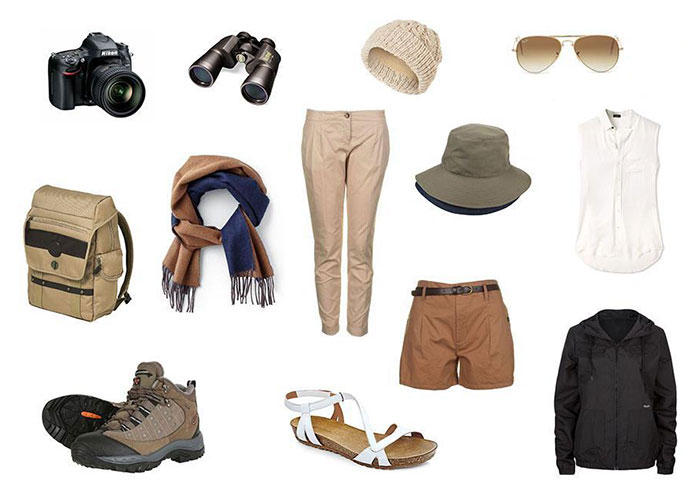
Pack light and comfortable clothing in neutral colors. Include layers for cooler mornings and evenings, a waterproof jacket, and long-sleeved clothing for protection against insects. Don't forget essentials like comfortable walking shoes, sunscreen, a hat, sunglasses, and insect repellent.
The Transformative Power of Safari Adventures
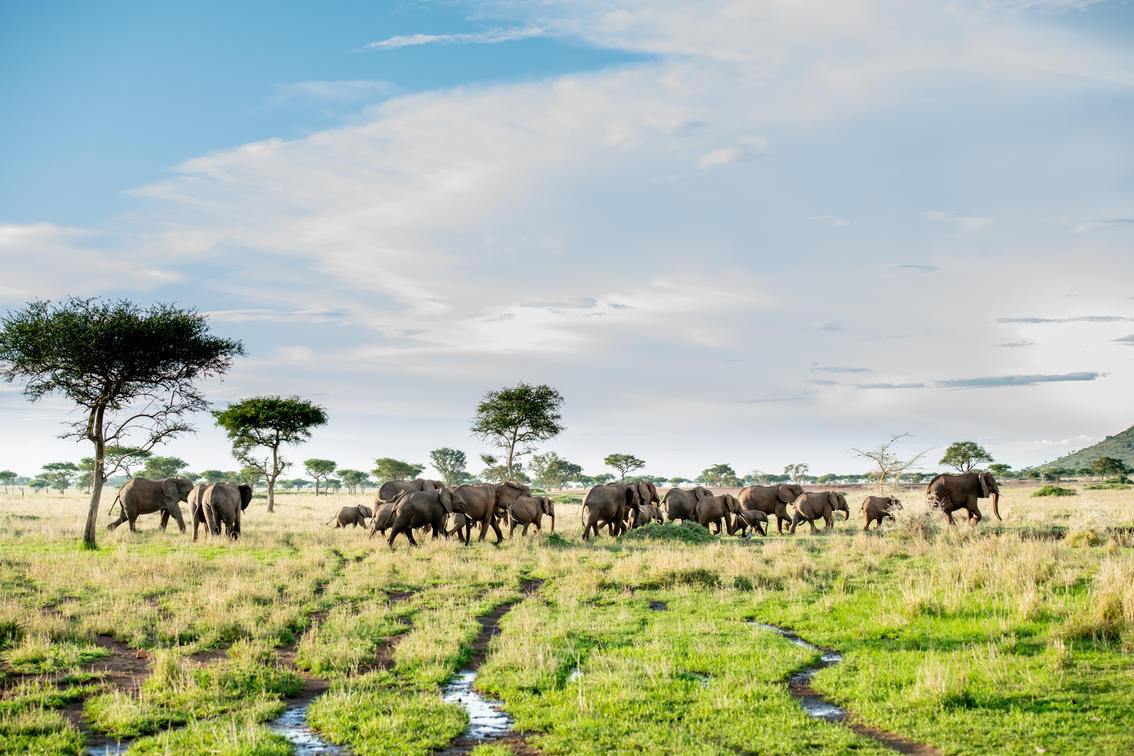 An African safari is more than just a travel experience; it's a transformative journey. The connections you make with nature, wildlife, and the people you encounter will leave a lasting impact on your life.
An African safari is more than just a travel experience; it's a transformative journey. The connections you make with nature, wildlife, and the people you encounter will leave a lasting impact on your life.
Ready to plan your dream African safari? Contact us today for a free consultation and let's create an unforgettable adventure!
Help Me Plan

 1-321-766-6821
1-321-766-6821 
